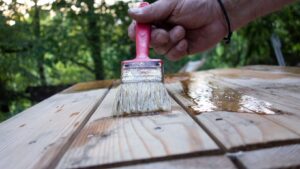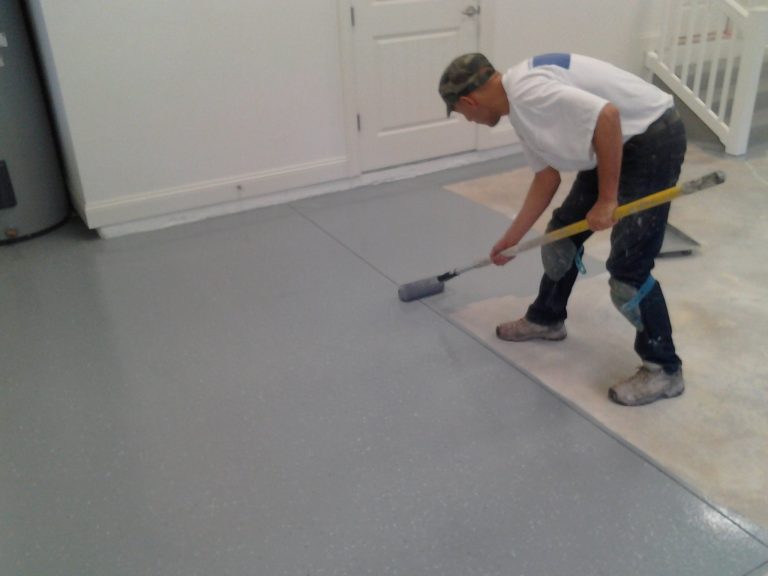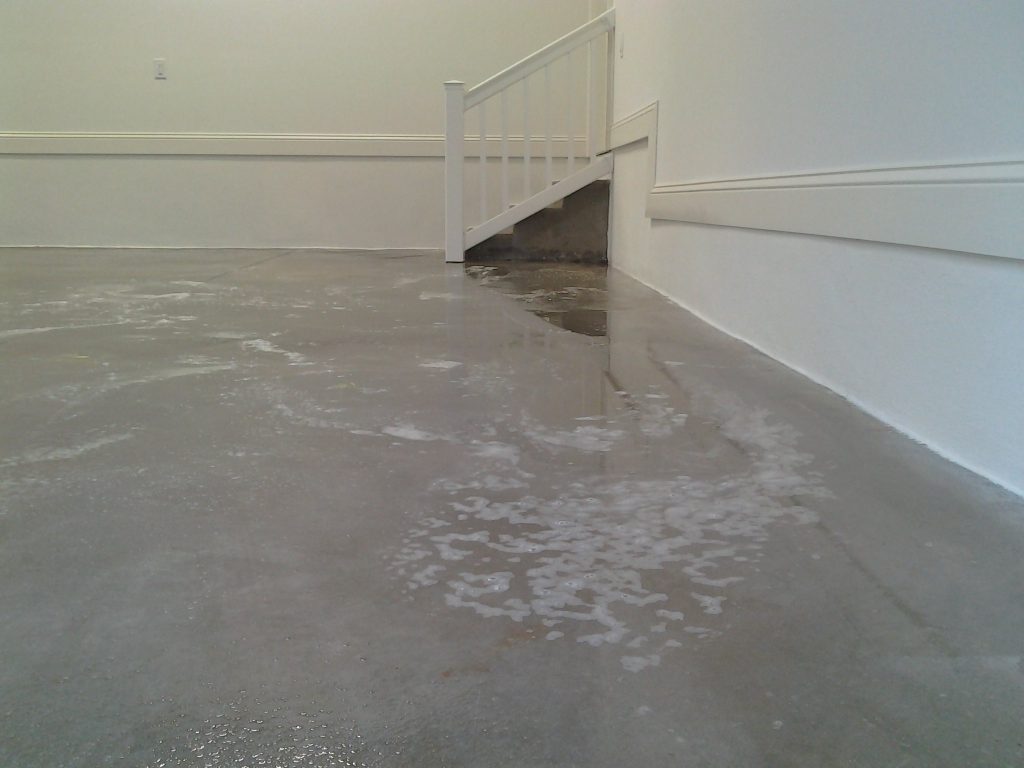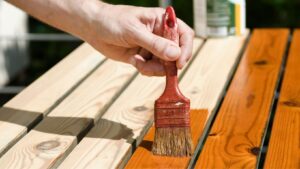
GEN RA 3462 a Cationic Emulsion For Wood Coatings
Discover how GEN RA 3462 cationic emulsion transforms wood coatings, offering superior adhesion, durability, and protection against knot bleeding and tannic block. Read for more information!
Epoxy coatings are renowned for their outstanding mechanical properties. They are durable, versatile, and provide excellent chemical resistance. These attributes make epoxy coatings an ideal protective coating material for diverse applications. However, their relatively short pot life often leads to inconvenience for end users due to shortened time to apply the coating. Therefore, epoxy coatings with a longer pot life are more favourable in the market. Before discussing further what can extend the pot life of an epoxy coating, let’s first understand the concept of pot life and what affects it.

An epoxy coating mainly consists of two distinct elements, an epoxy resin, and a hardener agent (also known as curing agents). As soon as these two elements are mixed, the chemical curing reaction begins. This reaction involved cross-linking of polymer chains that result in toughening or hardening of the mixture. The time from mixing the two elements together to the point at which the mixture is no longer usable for application is known as pot life. Although not always the case, the pot life is sometimes indicated by the increase in mixture viscosity and temperature. After the pot life has been exceeded, nothing can take the mixture back to its ideal state for applications. The mixture will either have become too thick to spread or to form a nice thin film.
The pot life of an epoxy coating depends on a number of factors. One of the well-known factors is temperature. The higher the temperature of the mixture’s environment will subsequently speed up the chemical reaction rate and so reduce the pot life. Therefore, storing the epoxy resin and the hardener agents in a cool, sheltered place (around 15°C) prior to use as well as working at low ambient temperature is recommended to prolong the pot life. Furthermore, as the curing of the epoxy coating is an exothermic reaction or heat-generating, the heat will easily build up in cans or buckets, hence further reducing the pot life. Therefore, pouring it out into a larger surface area, such as a paint tray, will slow down their reactivity. However, those treatments might not always work depending on the type of hardener agent used in the mixture. While most of the hardener agents are from polyamine groups, their various available formulations in the industry may result in different mechanisms and rates of curing.

As mentioned in the section above, hardener agent formulation itself plays an important role in extending pot life. For instance, in a low solid or water-borne paint, the solvent keeps the epoxy resin and hardener agent apart so that they only react at a few points and are then prevented from forming an immediate bond. In Maha Chemicals, we offered the commercial grade of a 1-nitropropane solvent manufactured by ANGUS, called NIPAR S-10™. Adding NIPAR S-10™ into hardener agent formulation is expected to extend epoxy coating’s pot life up to four hours. Furthermore, owing to its amphiphilic properties, formulation with NISPAR S-10™ allows lower organic solvent usage in the mixture by replacing it with water. On that account, adding NIPAR S-10™ also potentially reduce the VOCs (Volatile Organic Compounds) level and increases product safety. Moreover, this colourless solvent from ANGUS is HAPs free (hazardous air pollutants) certified as well as low in MIR (maximum incremental reactivity) value thus suitable for improving products EHS (Environment, Health, and Safety) profile.
Apart from its ability to extend epoxy coating’s pot life, NIPAR S-10™ also offer a wide range of benefit that may suit your industrial preference. For instance, this solvent has the ability to suppress H2 gas formation in metallic paint in which improves the paint storage stability, safety, and anti-corrosion performance. To read more about this topic please check our previous blog post, here: Nipar S-10 as Gas Inhibitor in Metallic Paints. In addition, NIPAR S-10™ solvent is also suitable to reduce pigment grinding time, increase resin solubility, improve pigment-wetting, improve colour development of ink, remove toxic solvent residual, as well as enhance adhesion to substrates.
To understand more about the NIPAR S-10™ applications and benefits please contact our team of professionals at sales@maha.asia

Discover how GEN RA 3462 cationic emulsion transforms wood coatings, offering superior adhesion, durability, and protection against knot bleeding and tannic block. Read for more information!

The demand for wearable e-skin devices is on the rise, particularly in industries such as biomedical, surgical robotics, and brain-computer interface. These devices are crucial for real-time monitoring of health

Discover cost-effective alternatives to TPGDA and TMPTA for UV coatings, offering savings of up to 18% while enhancing yellowing resistance and ensuring a safer working environment.
Copyright © 2023 Maha Chemicals (Asia) Pte Ltd